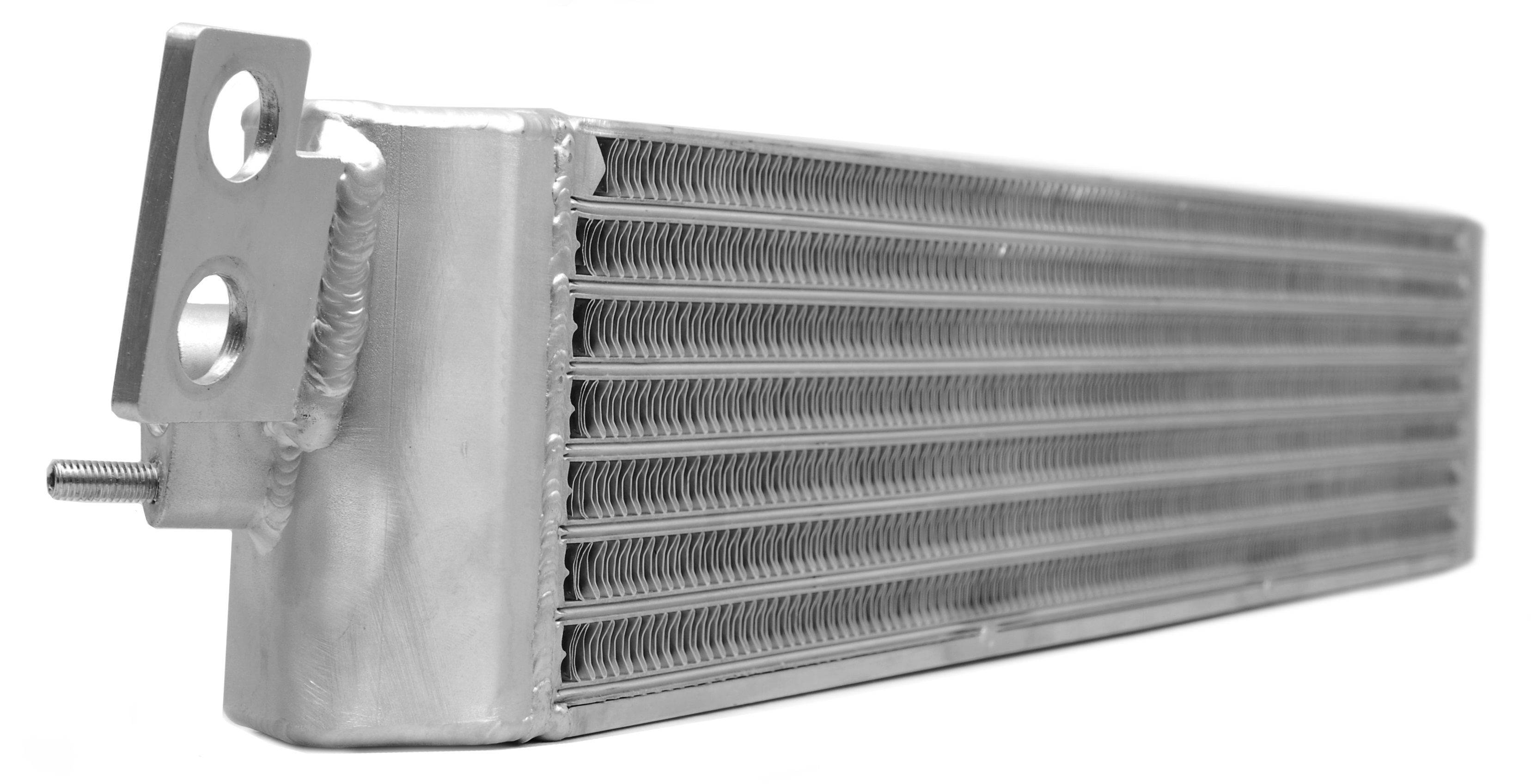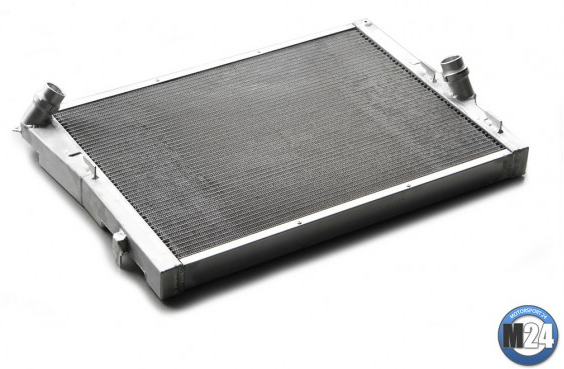Project Maximus Part 2
Project Maximus is well under way. We decided our first order of business would be the most complicated part of the project, the ESS supercharger installation. The supercharger really is the heart of the beast, and all of the other enhancements that we'll be adding to the black 2008 BMW M3 are designed to keep all that power under control.
But first a little history. We came into contact with ESS several years ago thanks to a new thing at the time called YouTube and the above posted video. Watching-- and listening to-- that ESS tuned E46 M3 attack the Nurburgring was a seminal moment. That grainy video still excites us to this day. And while we are well known for suspension development at VRPerformance, there is no denying the power of, well... POWER. And we're always game to adding some.
ESS was founded 1995 in Aremark, Norway. The company started out with a yearly production of 30 supercharger systems, in 2004 total production passed 1000 systems making them the largest BMW supercharger system manufacturer in the world. From 2000, they started offering a constantly growing chip tuning selection for many European models based on their extensive expertise with Bosch and Siemens engine control systems.
In September 2005 a San Diego, California based sales and support center was opened which serviced the North American market. In 2009 they purchased a new manufacturing facility in Phoenix, USA and moved their US sales and marketing team into the same building. We opened an account with them shortly after that.
In preparation for all the work on the Maximus M3, the first thing we had to do was give the subject a good wash-- it was delivered during a snow storm after all. Not only does this keep the shop floor clean, it keeps dirt from falling into important things, like the intake or between nuts and bolts and suspension bushings. We always clean every component before we remove it and then clean every mating part before we install a new component.
Here you can see Eric vacuuming the A/C radiator before we move onto the next step.
Along with the supercharger we're installing a higher capacity radiator and oil cooler. 211 added horsepower brings with it a good amount of heat. An upgraded cooling system can better deal with this heat and consequently helps with long-term engine reliability.
An extensive survey of the market showed very few cooling options for the E9x M3 models. We settled on a Motorsport24 radiator and oil cooler. They're expensive, but we rarely see aftermarket components with higher build quality.
German competition components manufacturer Motorsport24 created a unique water cooling solution for the E9x M3. Their over-sized water cooler is a direct fit and is hand built in their state of the art facility in the small town of Kalefeld Germany. The cooler is substantially larger than the factory radiator, and has been tested to be effective on courses like the Nurburgring, Hockenheimring, and the Motorsport Arena Oschersleben to allow the S65 engine to run cooler and longer than cars equipped with a standard radiator. We cannot emphasize enough the build quality of these components-- and they dropped into factory position without any tweaking on our part (a rarity in this business).


For easier access to the oil cooler, as well as some of the supercharger components, the front fascia had to be removed.
The VT2 version of the ESS supercharger kit includes an intercooler with a front mounted cooling element. It sits in front of the oil cooler (another good reason to upgrade the oil cooler, since a little less air will be flowing thru it) and required some modifications to the structure behind the lower grille of the fascia. Here you see the element installed in front of the Motorsport24 oil cooler.
We found the ESS supplied mounting hardware to be a bit weak, so we ended up reinforcing the brackets by attaching the top part to the fiber bumper beam.
As noted earlier, tweaking is almost always required. No matter how good a supplier is and how many years they've been in business they cannot match OEM quality fitment. Automakers spend hundreds of millions of dollars and thousands of man hours developing their products-- resources the aftermarket rarely has.
We've been in business long enough to understand that some thoughtful finessing is often required to bring the quality of the installation up to our exacting standards. More on this subject as we delve deeper into the ESS supercharger installation in our next Project Maximus entry.